What is supermagnetes magnetic field?
2014-12-12 13:48:02
A magnet delivers a vector field, the attractive field, at all focuses in the space around it. It can be characterized by measuring the power the field applies on a moving charged molecule, for example, an electron. The power (F) is equivalent to the charge (q) times the pace of the molecule times the extent of the field (B), or F = q*v x B, where the course of F is at right points to both v and B as an aftereffect of the cross item. This characterizes the attractive field's quality and heading anytime.
What makes the attractive field?
An attractive field can be made with moving charges, for example, a current-convey wire. An attractive field can likewise be made by the twist attractive dipole minute, and by the orbital attractive dipole snippet of an electron inside an iota.
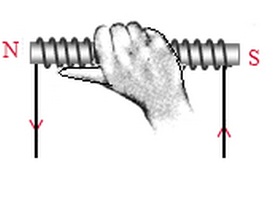
What is the relationship between present stream and attractive fields?

What is the relationship between present stream and attractive fields?
This is the Right Hand Rule for attractive field from streaming current, and for attractive field in a loop, at the point when current streams in a wire, an attractive field is made around the wire. To picture this, take your right hand, twist the fingers, and stick the thumb straight out. Presently, point your thumb toward the current streaming in the wire (utilizing routine current where current streams from the + end of a battery to the - end of the battery. NOTE: electrons stream from the - end of a battery to the + end, and is called electron present rather than ordinary current), the heading your fingers are bended around the wire is the bearing of the attractive field around the wire. For instance, if the current were nearing straight out of this page to you, your thumb would be indicating you and your fingers would demonstrate a counter-clockwise heading to the attractive field around the wire.
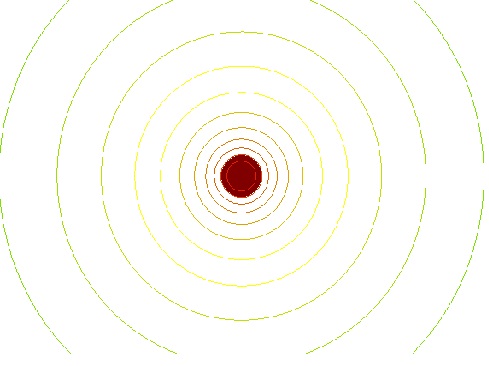
This displays the magnetic field around a wire carrying current.
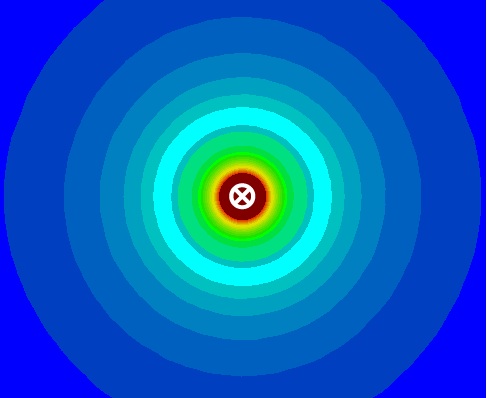
This demonstrates the quality of the attractive field around the wire. It is stronger the closer you are to the wire. The x inside the wire demonstrates that the current is streaming into the wire, far from you.
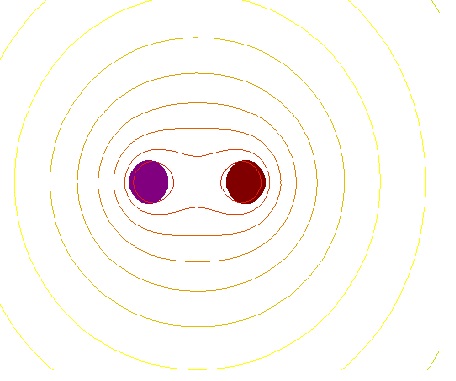
This demonstrates the field around two wires, side by side, that are convey present in the same heading. The wires are pulled in to one another, and will pull themselves closer together.
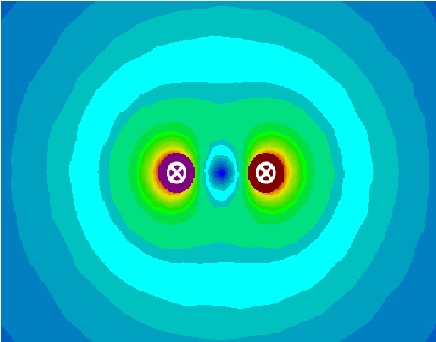

This displays the magnetic field around a wire carrying current.

This demonstrates the quality of the attractive field around the wire. It is stronger the closer you are to the wire. The x inside the wire demonstrates that the current is streaming into the wire, far from you.

This demonstrates the field around two wires, side by side, that are convey present in the same heading. The wires are pulled in to one another, and will pull themselves closer together.

In the event that you have a loop of wire, just bend the fingers of your right hand around the curl in the same course as the current is streaming. Your thumb will call attention to of the north attractive shaft which the loop of wire will make.
By tradition, we express that the attractive field has a heading connected with it, such that the field retreats the North end of a magnet, moves through the air or different materials adjacent, and re-enters the South end of the magnet. Inside the magnet, the field streams from the South again to the North.
In rundown, current streams from + to - of a battery, and attractive fields stream from the North to the South of a magnet.
What do we think about attractive field lines?
Attractive field lines are an approach to envision the attractive field. At the point when drawn, the separation between them is a sign of the quality of the field. The closer they are, the stronger the field. For instance, the quantity of lines every square centimeter is a measure of the quality of the attractive field. Particularly, 1 Gauss is equal to 1 attractive field line inside 1 square centimeter. Additionally, the heading of the digression to the field line is the bearing of the attractive field by then and is the course a compass would point..




 Copyright © 2016 Shenzhen City Ri Shengchang Magnet Technology Co., Ltd All Rights Reserved.
Copyright © 2016 Shenzhen City Ri Shengchang Magnet Technology Co., Ltd All Rights Reserved.